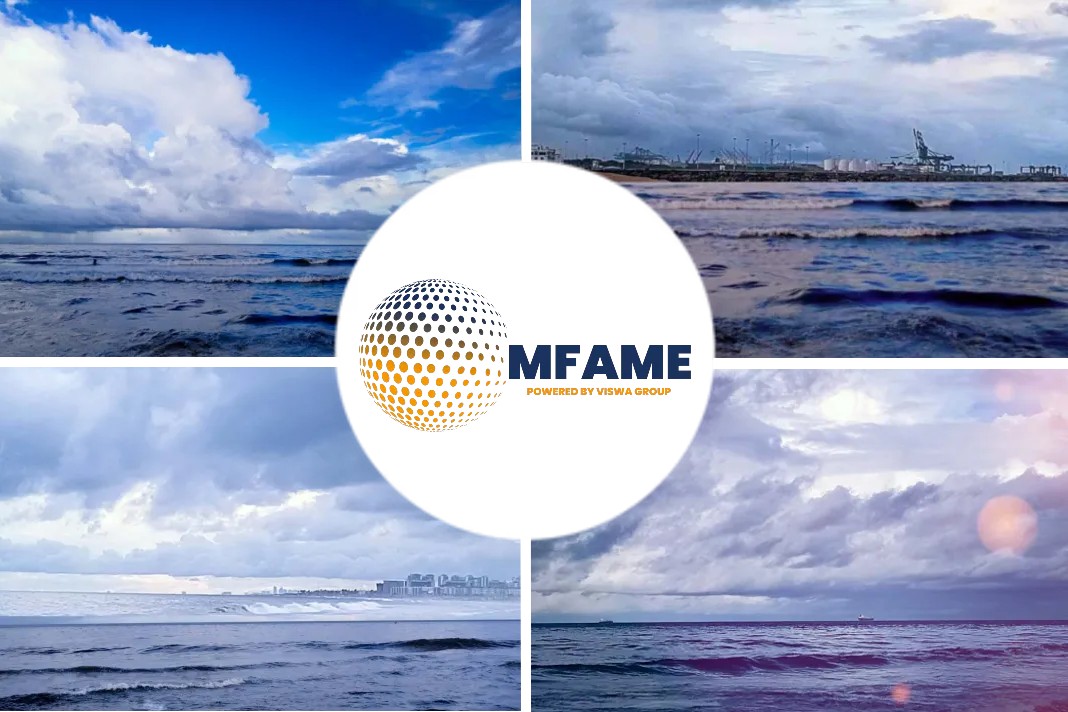
Maritime is still big here, but for trade the seas are stormy, states a Seattle Times news source.
Beyond the anxieties of Big Tech and startups
Beyond the anxieties of Big Tech and startups, in view of half-empty office buildings and beneath soaring Boeing jets is another vital sector of Puget Sound’s economy: maritime.
The state Department of Commerce estimates that it accounts for 2,300 companies that employ nearly 70,000 workers and pay $4.7 billion in annual wages. The Northwest Seaport Alliance, the merger of the natural deep-water seaports of Seattle and Tacoma, handled $75 billion of trade in 2021.
From boat and ship construction to logistics, cruise ships and pleasure craft, maritime is big here. And don’t forget the Puget Sound Naval Shipyard, which employs thousands and is the only naval shipyard on the West Coast. It operates a dry dock capable of handling an aircraft carrier.
The U.S. Navy also operates several Puget Sound installations, including Naval Base Kitsap and the ballistic missile submarine base at Bangor on Hood Canal.
But one of the most critical segments of maritime has been struggling in recent years, and not only because of the pandemic.
Container volume through the Northwest Seaport Alliance fell more than 24% in February from the same month last year. That totaled 225,747 20-foot equivalent units, the common industry measure of shipping containers. Total imports dropped 34% year over year.
Pacific Merchant Shipping Association
The trade group Pacific Merchant Shipping Association reported that the two ports were down 16.4% compared with February 2019.
As I write, some 15 vessels are at the North Harbor (Seattle) or the South Harbor (Tacoma), or soon to arrive. These include the container ship Changsha along with other container ships at both ports, along with “ro-ro” — roll on, roll off — vessels, many bound for Alaska. You can subscribe to the sailing schedules from the alliance. Another way for land lubbers to watch the action is by downloading the MaritimeTraffic app. A reader contacted me to inquire why maritime traffic has seemed slow.
It’s true. Blame tariffs against China, Washington’s largest export destination; the strong dollar, which makes American goods more costly in world markets; continued supply chain issues; and stalled negotiations between unionized dock workers and terminal operators.
The problems aren’t confined to Puget Sound, of course. The megaports of Los Angeles and Long Beach have experienced similar drops in traffic and are hot spots of labor tensions.
And declining trade is hardly new, either.
According to the U.S. International Trade Administration, Washington’s merchandise trade exports totaled $61 billion this past year, better than the trough of the pandemic in 2020 but well below the nearly $91 billion of 2014 and other levels of the mid-2010s. Exports to China were $14.4 billion in 2022 versus nearly $21 billion in 2014.
Canada, Japan, South Korea and Mexico are the state’s next-largest merchandise trade destinations.
But the tariffs in China imposed by the Trump administration have been continued under President Joe Biden, with the addition of subsidies for domestic production of semiconductors. The state of play has moved from a partnership with Beijing to “great power competition.”
As the Economist magazine put it this past July, “The narrative is clear enough. In a speech in May Antony Blinken, America’s secretary of state, boiled down Mr. Biden’s China policy to three words: ‘invest, align, compete.’ That is, America should invest in its own strength; align more closely with allies; and confront China where necessary. Putting the spin to one side, these are in fact good categories for understanding how the Biden administration is trying to deal with China’s economy.”
National policy is wise or necessary
Whether or not this national policy is wise or necessary, it’s not good for Washington state trade.
On the other hand, the Prince Rupert, B.C., container port, which features a direct connection via the Canadian National Railway to the American Midwest, seems less of a competitive threat than was feared in the 2010s.
According to the Pacific Merchant Shipping Association, Prince Rupert posted the lowest volume of any February since 2014 (lest we be complacent, part of the reason was that the port was hammered by storms).
Another maritime bright spot
Another maritime bright spot is the return of the cruise ships after the 2020 season was canceled by the pandemic.
The cruise season begins this month at the Port of Seattle with the sailing of Norwegian Bliss on April 15. About 300 sailings of cruise ships are scheduled through October. Cruise passengers are a big source of revenue for local restaurants, retailers, arts and sports venues, too — about $900 million annually.
The port has worked to reduce cruise ship emission, and its Century Agenda is committed to making it carbon-neutral by 2050.
That’s not fast enough for critics. And climate change promises to bring many challenges to maritime, especially to the fisheries with many fishing vessels making their home port in Seattle. Sailing through an ice-free Arctic Ocean will be cold consolation for all that will be lost.
Did you subscribe to our daily Newsletter?
It’s Free! Click here to Subscribe!
Source: Seattle Times















